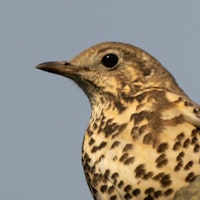
Thrushes
Song Thrush
The Song Thrush is a common bird species found in Ireland with a beautiful melodious song that it sings from the top of trees and buildings. It is known for its speckled brown plumage and distinctive yellow and brown eye-ring.

Description:
The Song Thrush is a medium-sized bird with a brown upper body and white underparts covered in black spots. They have a distinctive appearance with bold markings on their breast and relatively long wings. Their song is a joy to listen to, and they have a unique and musical range of chirps and whistles.
What they eat:
The Song Thrush feeds on insects, snails, and worms, but they also eat berries, fruits, and seeds. They use their bill to extract invertebrates from the soil and then crush their shells on stones. During the breeding season, they also feed on caterpillars and other insects to provide for their young.
Habitat:
They can be found in gardens, forests, parks, and hedges. They prefer areas with a lot of trees and open ground. They will often nest in ivy-covered trees and bushes.
Size and wingspan:
The Song Thrush measures around 22 centimeters long, with a wingspan of 33-36 centimeters. They weigh around 75 grams on average.
Male female difference:
Male and female Song Thrushes look almost identical, as both have brown feathers with spots on their underparts. The male, however, has a more distinct and louder song during the breeding season.
Where to find:
Song Thrushes are found throughout Ireland, and they are a common sight in gardens, hedgerows, and countryside.
What months can be found in Ireland:
They can be seen in Ireland all year round, but they are most commonly seen during the breeding season between March and July.
Interesting note:
Song Thrushes are known for their unique singing abilities, which consist of a series of clear notes, sometimes repeated several times. They have been known to incorporate other bird sounds into their singing, including those of blackbirds and robins. They are also very territorial and will aggressively defend their nesting sites.
Other Birds of Ireland...
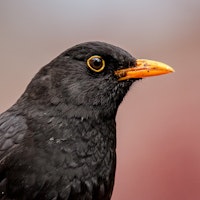
Blackbird
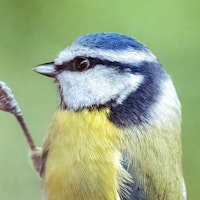
Blue Tit
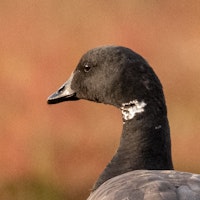
Brent Goose
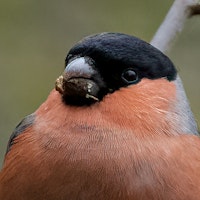
Bullfinch

Buzzard

Chaffinch
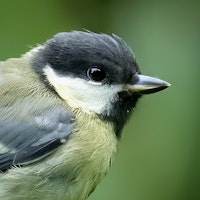
Coal Tit
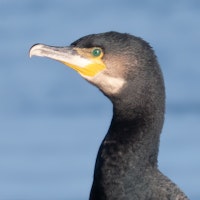
Cormorant
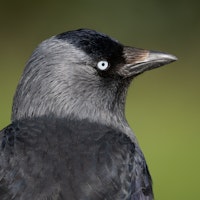
Crow
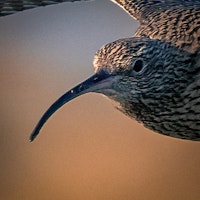
Curlew
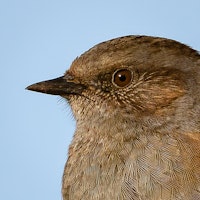
Dunnock

Eurasian Jay
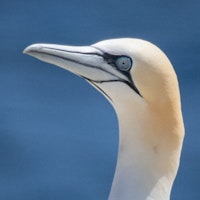
Gannet
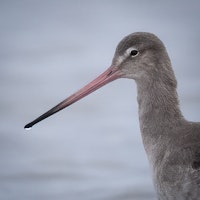
Godwit
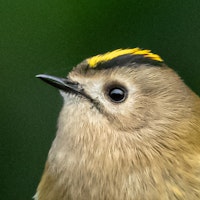
Goldcrest
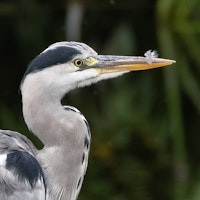
Grey Heron
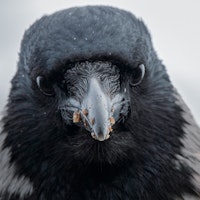
Hooded Crow
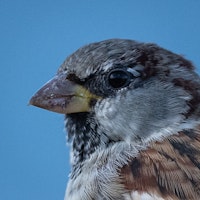
House Sparrow

Kestrel
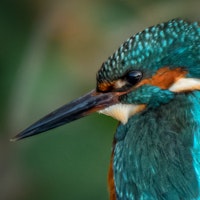
Kingfisher

Lapwing

Little Egret

Long Eared Owl

Long-tailed Tit

Mallard Duck

Merlin

Moorhen

Mute Swan

Oyster Catcher

Peregrine Falcon

Pied Wagtail

Pintail

Puffin

Red Kite

Redshank

Robin

Rook

Sanderling

Song Thrush

Sparrowhawk

Starling

Stonechat

Swallow

Tree Creeper

Wren
More pages currently being produced...
Please connect to get updated when new pages are published


